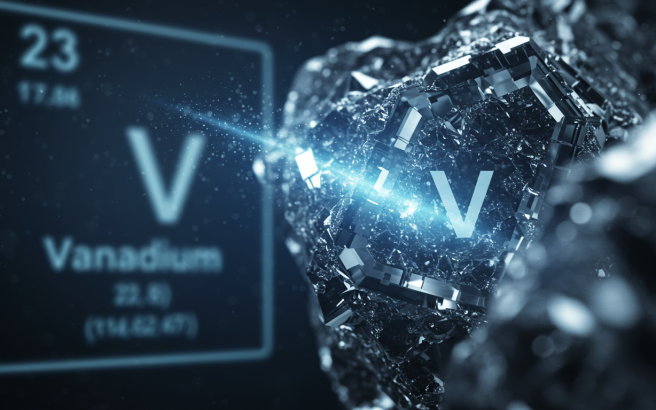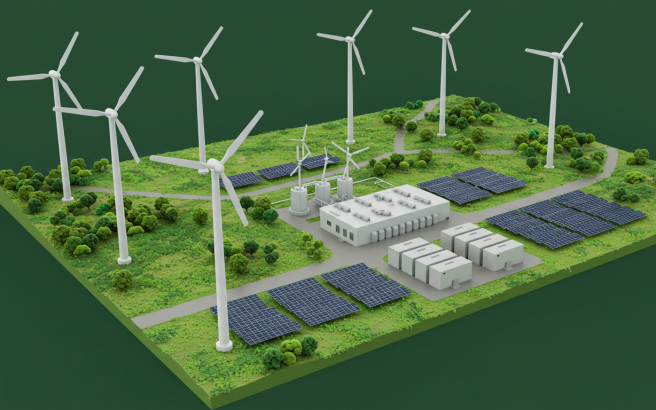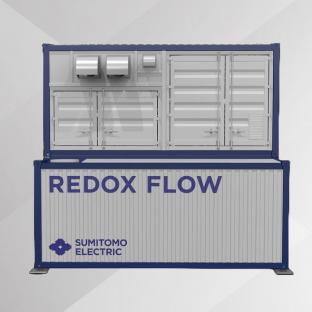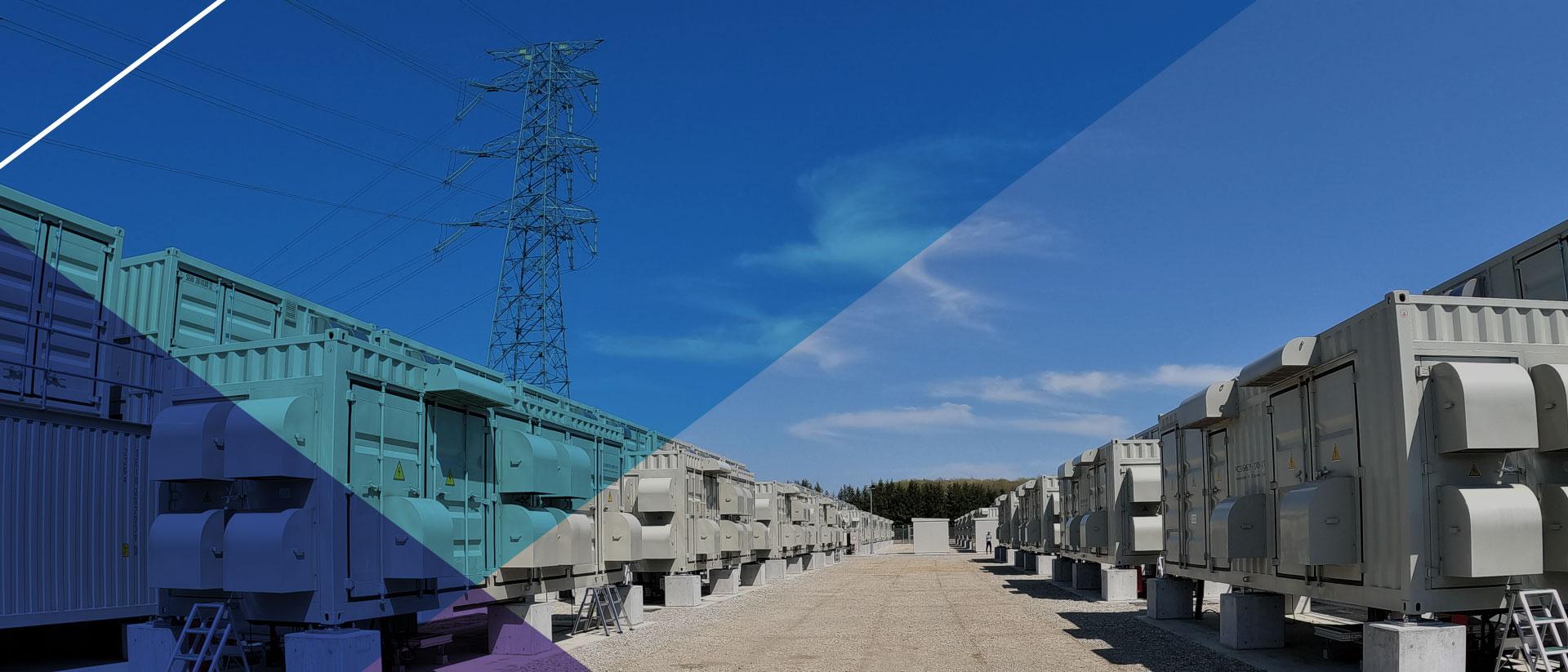
Featured Stories
Understanding Lithium-Ion and Vanadium Redox Flow: Choosing the Right Battery for Your Needs
In the rapidly evolving world of energy storage, two technologies often come to the forefront: Lithium-Ion batteries and Vanadium Redox Flow batteries. Each has its unique strengths and applications, making the choice between them dependent on specific needs and circumstances. In this article, we will compare and contrast these two technologies, highlighting the advantages of Vanadium Redox Flow batteries in terms of safety, longevity, and scalability, while also acknowledging the benefits of Lithium-Ion batteries in certain applications.
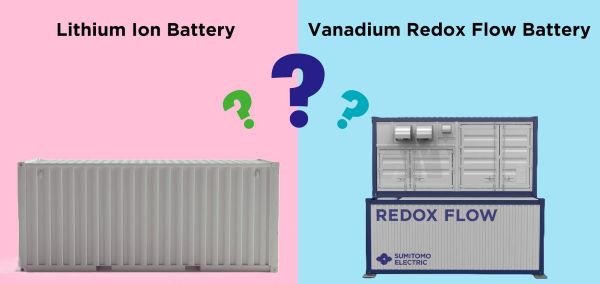
◇ Basics
Lithium-Ion Batteries
Known for their high energy density, Lithium-Ion batteries are widely used in portable electronics, electric vehicles, and renewable energy systems. They are compact, lightweight, and capable of delivering high power output, making them ideal for applications where space and weight are critical factors.
Vanadium Redox Flow Batteries (VRFBs)
These batteries store energy in liquid electrolyte solutions, which can be scaled up easily by increasing the size of the storage tanks. VRFBs are particularly suited for large-scale energy storage applications, such as grid stabilization and renewable energy integration.
◇ Key Differences
Energy Storage Mechanism
- LIBs: Store energy in solid electrodes, typically using lithium cobalt oxide or lithium iron phosphate.
- VRFBs: Store energy in liquid electrolyte solutions containing vanadium ions in different oxidation states.
Energy Density
- LIBs: Higher energy density, ideal for portable and compact devices.
- VRFBs: Lower energy density, making them bulkier and more suitable for stationary applications.
Cycle Life
- LIBs: Limited cycle life, with performance degrading over time.
- VRFBs: Can handle an almost unlimited number of charge-discharge cycles without significant degradation.
Safety
- LIBs: Flammable and can be explosive under certain conditions.
- VRFBs: Non-flammable and non-explosive, offering higher safety levels.
Temperature Sensitivity
- LIBs: Performance can be significantly impacted by temperature changes.
- VRFBs: Less affected by temperature variations.
◇ Key Benefits
Lithium-Ion Batteries
- High Energy Density: Ideal for applications where space and weight are limited, such as in smartphones, laptops, and electric vehicles.
- Fast Charging: Crucial for applications requiring rapid energy replenishment, such as in electric vehicles and portable electronics.
- Widespread Availability: Well-established supply chain and extensive research and development, resulting in continuous improvements in performance and cost.
- Versatility: Can be used in a wide range of applications, from small electronic devices to large-scale energy storage systems.
Vanadium Redox Flow Batteries
- Safety: Non-flammable and operates at room temperature, reducing the risk of thermal runaway and fires.
- Longevity: Capable of enduring tens of thousands of charge-discharge cycles without significant degradation.
- Scalability: Modular design allows for easy scalability. By simply increasing the size of the electrolyte tanks, the energy storage capacity can be expanded without the need for additional cells.
- Eco-Friendly: No electrolyte degradation means the electrolyte can be reused or recycled, making it more eco-friendly than lithium-ion batteries.
- Long-Term Cost-Effectiveness: While VRFBs may have a higher initial cost, they can lead to savings over time due to their longer lifespan (> 25 years) and the ability to reuse the electrolyte.
◇ Suitable Applications
Lithium-Ion Batteries
- Consumer Electronics: Perfect for smartphones, laptops, and other portable devices.
- Electric Vehicles: Widely used in electric cars due to their high energy density and fast charging capabilities.
- Residential Storage: Suitable for home energy storage systems.
Vanadium Redox Flow Batteries
- Grid Storage: Ideal for large-scale energy storage, such as renewable energy integration and grid stabilization.
- Industrial Applications: Suitable for industries requiring reliable and safe energy storage.
- Remote Locations: Effective for off-grid and remote area power supply.
◇ Conclusion
It is not simply a matter of “one being better than the other”; choosing the right battery technology depends on the specific needs of your application. Lithium-Ion batteries excel in applications where high energy density, fast charging, and compact size are critical, such as portable electronics or electric vehicles. On the other hand, Vanadium Redox Flow batteries offer significant advantages in terms of safety, longevity, and scalability, making them ideal for industrial and utility-scale energy storage, such as grid stabilization or renewable energy integration. By understanding the strengths and limitations of each technology, you can make an informed decision that best meets your energy storage needs.
References:
EnergyLink. (n.d.). Differences between flow batteries and lithium-ion. Retrieved from
https://goenergylink.com/blog/differences-between-flow-batteries-and-lithium-ion/
Renewables Advice. (n.d.). Flow battery vs lithium-ion battery. Retrieved from
https://renewablesadvice.com/battery/flow-battery-vs-lithium-ion-battery/
Follow us on LinkedIn!
If you enjoyed this Feature Story, be sure to follow Sumitomo Electric U.S.A on LinkedIn. We share updates there whenever new stories are published. (Note: Sumitomo Electric Group also has a global LinkedIn account for corporate updates.)

